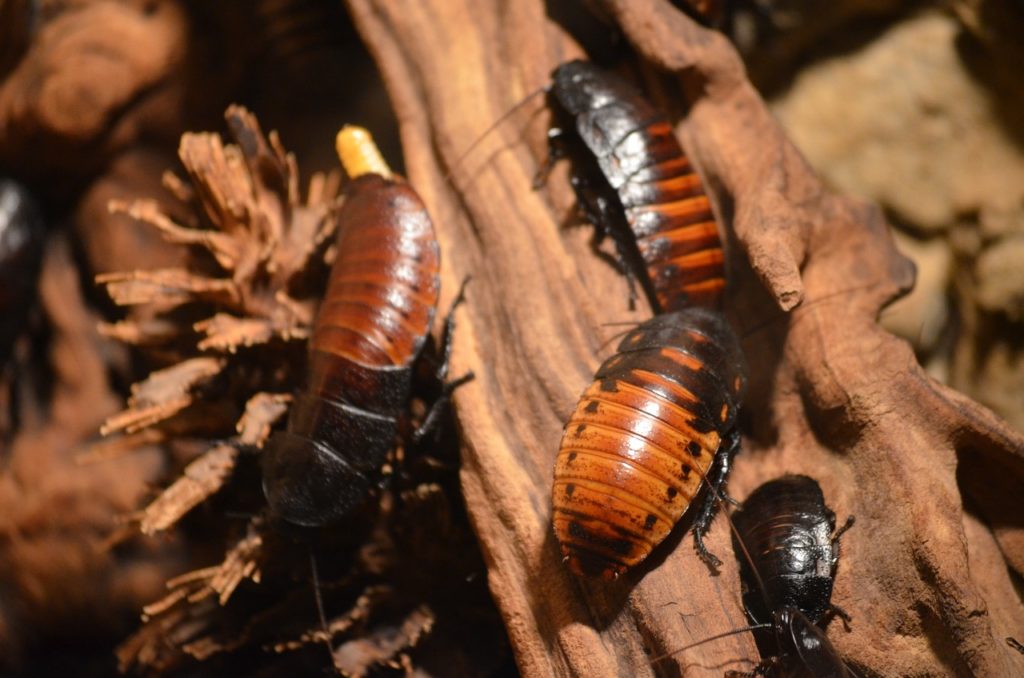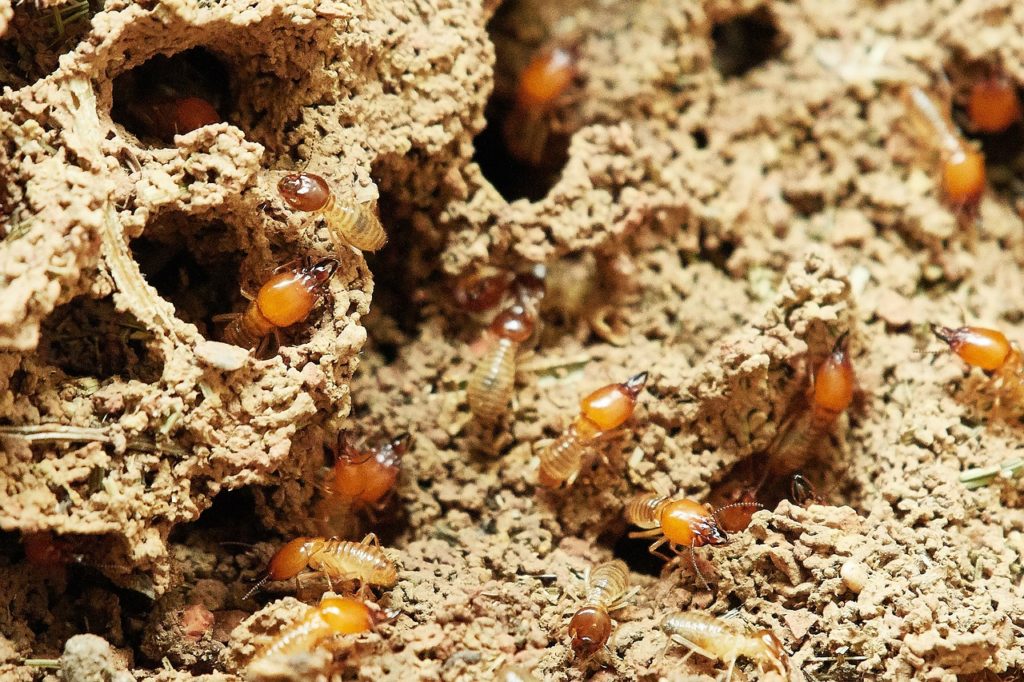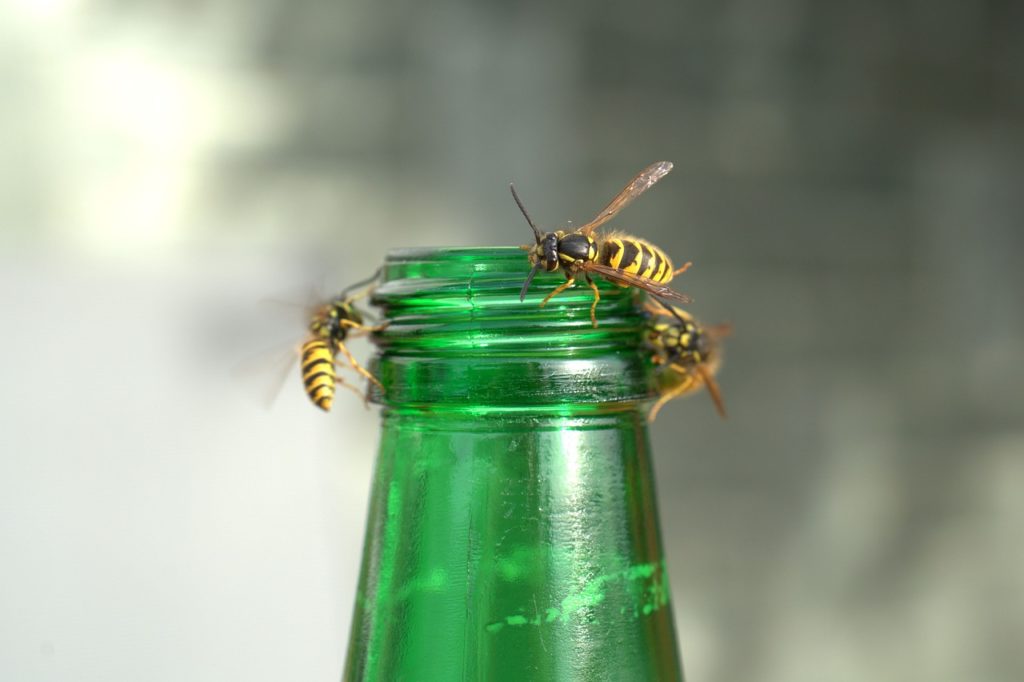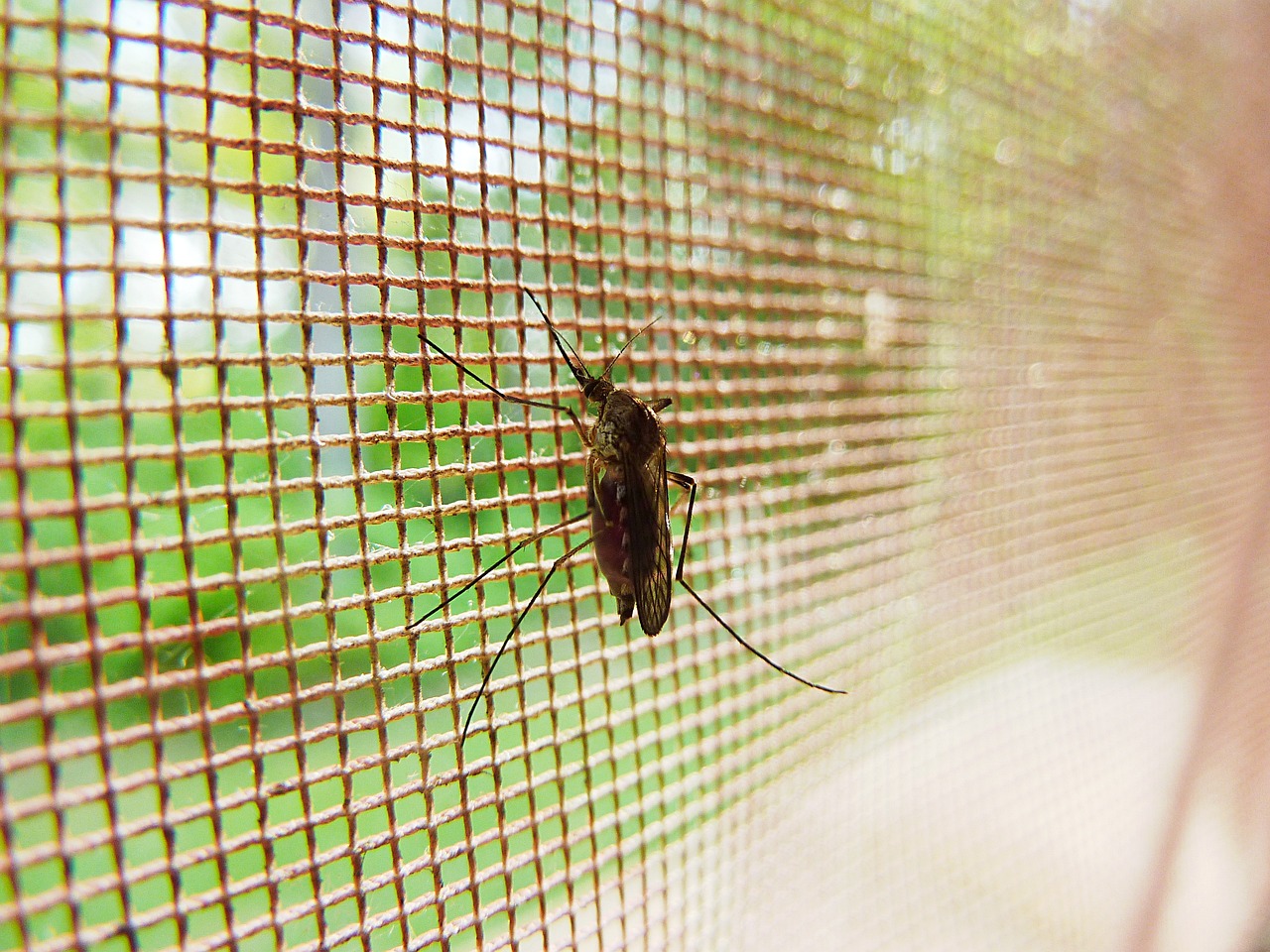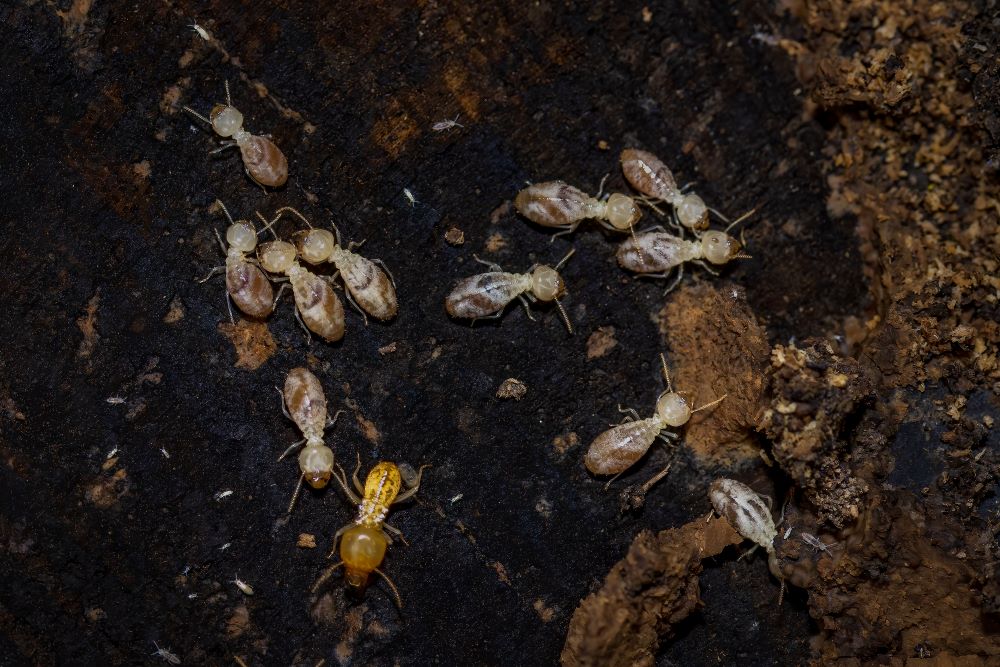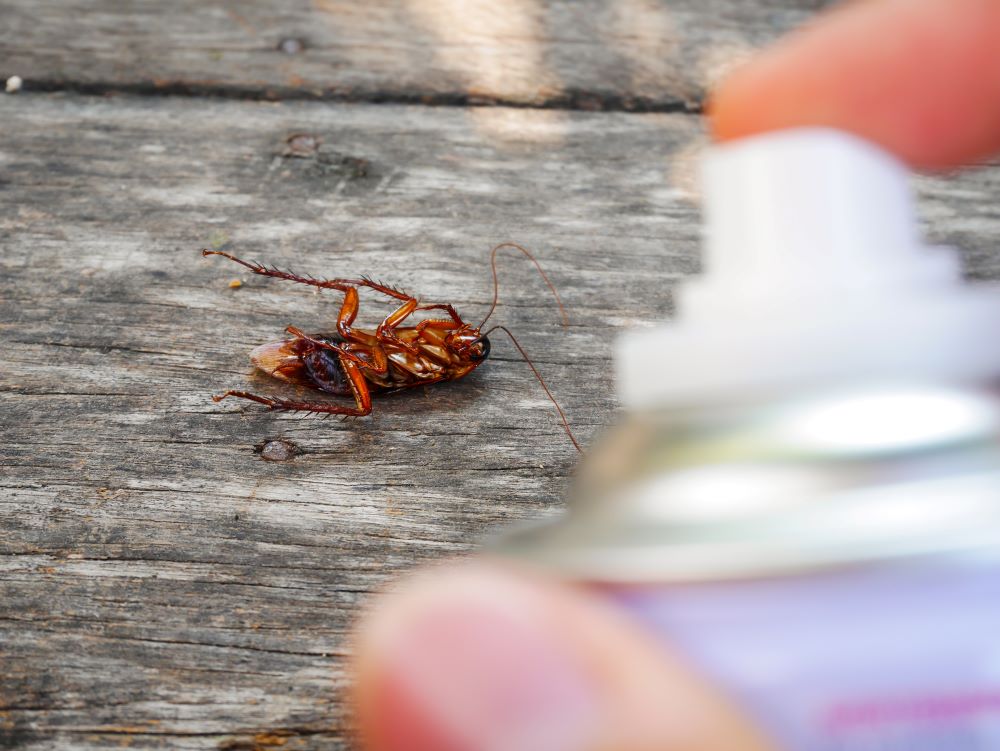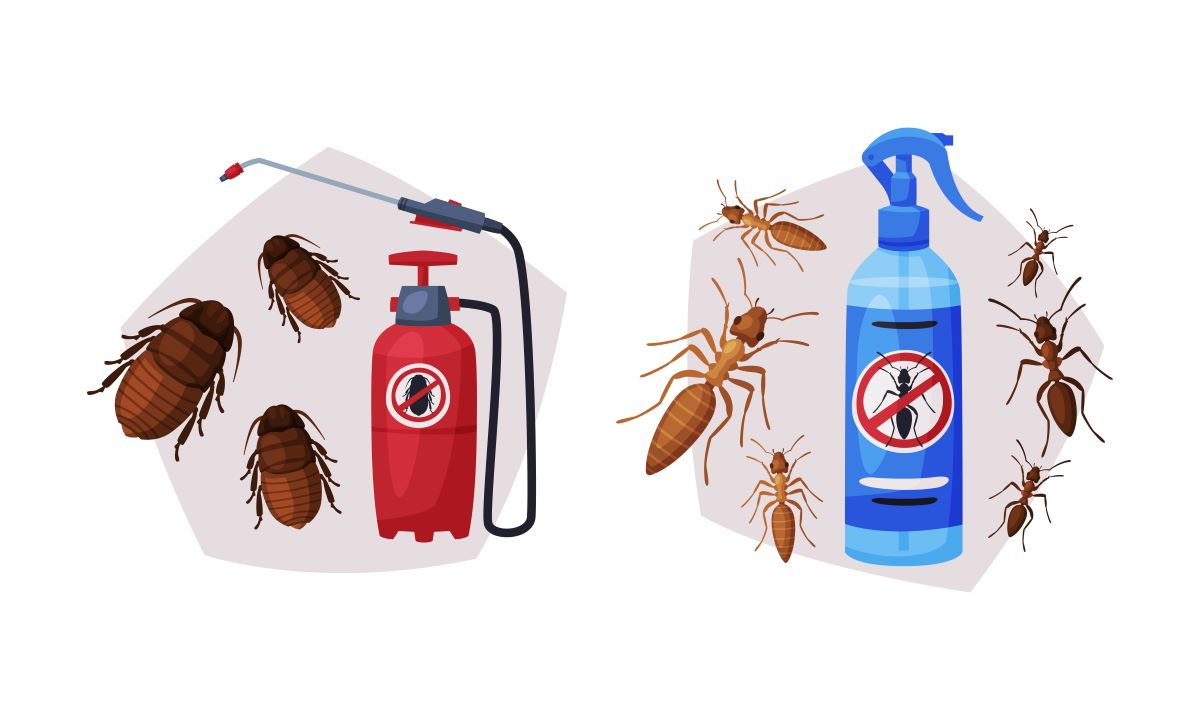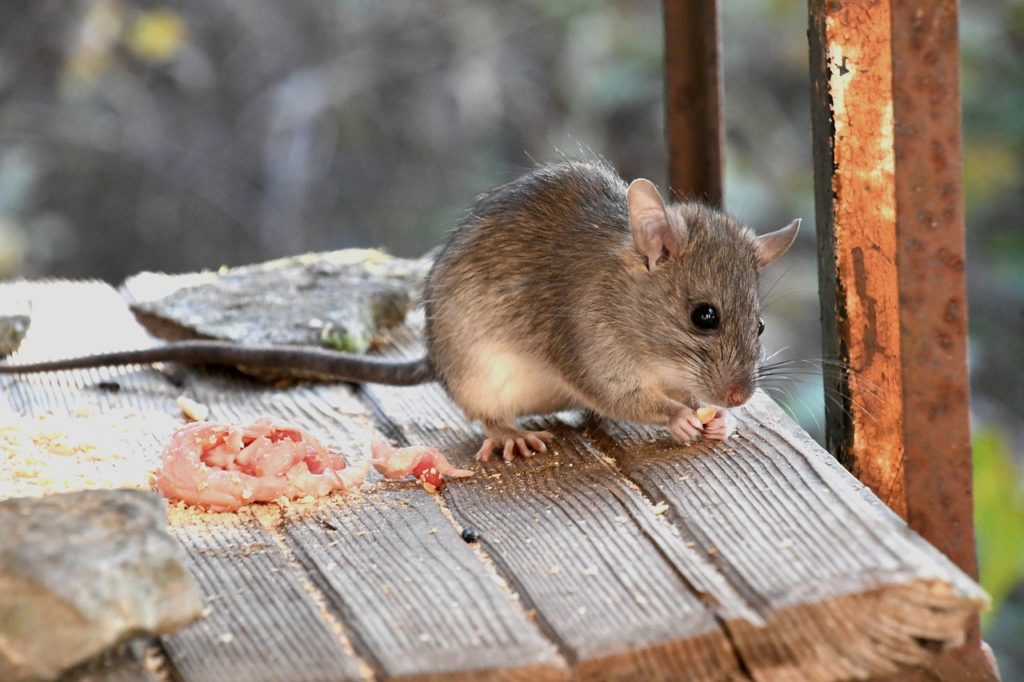
As homeowners, we understand the importance of keeping our living spaces clean and free from pests. One of the most common pests that can wreak havoc on our homes is rodents, particularly mice. These small creatures can easily find their way into our homes, causing damage to our belongings and spreading diseases. That’s why it’s crucial to have an effective rodent pest control strategy in place, and one essential tool in this strategy is the mouse trap box.
Mouse trap boxes are specially designed containers that house traditional mouse traps. They serve as a protective barrier, preventing children and pets from accessing the traps while still allowing mice to enter. These boxes are made of durable materials and have small openings that mice can easily squeeze through, but larger animals cannot. By using a mouse trap box, you can ensure the safety of your loved ones while effectively controlling the rodent population in your home.
Different types of mouse trap boxes available
When it comes to choosing a mouse trap box, you’ll find that there are several options available on the market. The most common types include plastic mouse trap boxes, metal mouse trap boxes, and wooden mouse trap boxes. Each type has its own advantages and disadvantages, so it’s essential to consider your specific needs before making a decision.
Plastic mouse trap boxes are lightweight and easy to clean. They are also transparent, allowing you to easily monitor the trap and see if it has caught any mice. However, they may not be as durable as metal or wooden mouse trap boxes.
Metal mouse trap boxes, on the other hand, are incredibly sturdy and can withstand harsh weather conditions. They are also more tamper-proof, making them ideal for outdoor use. However, they may be more expensive compared to plastic or wooden options.
Wooden mouse trap boxes provide a natural and aesthetically pleasing option. They blend seamlessly with the surroundings and can be easily customized to match your home’s decor. However, they may require more maintenance to prevent rotting or warping.
Factors to consider when choosing a mouse trap box
When selecting a mouse trap box for your rodent pest control needs, there are several factors you should consider. These factors will help ensure that you choose the perfect trap box for your specific situation.
- Size: Consider the size of the mouse trap box in relation to the area you need to cover. Larger boxes are suitable for outdoor use or larger infestations, while smaller boxes are more suitable for indoor use.
- Accessibility: Check the design of the mouse trap box to ensure it has small openings that mice can easily enter but prevent larger animals from accessing the trap.
- Durability: Assess the material and construction of the mouse trap box to ensure it will withstand regular use and potential weather conditions if used outdoors.
- Ease of cleaning: Look for a mouse trap box that is easy to clean and maintain. This will help ensure the longevity of the trap box and prevent the spread of diseases.
By considering these factors, you can make an informed decision and choose a mouse trap box that meets your specific needs.
Benefits of using a mouse trap box for rodent pest control
Using a mouse trap box as part of your rodent pest control strategy offers several benefits. Let’s explore some of them:
- Safety: The primary benefit of using a mouse trap box is the added safety it provides. By housing the mouse trap inside a box, you can prevent accidental injuries to children and pets who may come into contact with the trap. This ensures that only the intended target, the mice, is affected.
- Efficiency: Mouse trap boxes are designed to enhance the efficiency of traditional mouse traps. The small openings in the box allow mice to enter while keeping larger animals out. This increases the chances of catching the target pests without disturbing other wildlife.
- Hygiene: By using a mouse trap box, you can maintain a higher level of hygiene. The box prevents mice from coming into direct contact with food, surfaces, or other areas where they can spread diseases. It also contains any mess or debris that may result from trapping the mice, making it easier to clean up.
- Versatility: Mouse trap boxes are versatile tools that can be used both indoors and outdoors. Whether you have a mouse problem in your kitchen, garage, or garden, you can find a suitable trap box to address the issue effectively.
With these benefits in mind, incorporating a mouse trap box into your rodent pest control strategy is a wise choice.
How to set up a mouse trap box effectively
Now that you understand the importance of mouse trap boxes and the benefits they offer, let’s discuss how to set up a trap box effectively.
- Choose the right location: Identify areas where you have noticed mouse activity, such as droppings or chewed materials. Place the trap box in these areas to maximize its effectiveness.
- Bait the trap: Apply a small amount of bait, such as peanut butter or cheese, to the trap inside the box. Ensure that the bait is securely placed so that mice cannot simply snatch it without triggering the trap.
- Set the trap: Follow the instructions provided with the mouse trap to set it properly. Most mouse traps require you to pull back a spring-loaded mechanism and secure it in place. Be careful while doing this to avoid accidentally triggering the trap.
- Secure the trap box: Close the trap box securely, ensuring that there are no gaps or openings that mice can escape through. This will prevent mice from accessing the bait without getting caught.
- Monitor and reset: Regularly check the trap box for any trapped mice. If a mouse is caught, follow the instructions to dispose of it safely and reset the trap. Continuously monitor the trap box until you no longer notice any mouse activity.
By following these steps, you can effectively set up a mouse trap box and increase your chances of successfully controlling rodent pests.
Best practices for maintaining and cleaning mouse trap boxes
To ensure the longevity and effectiveness of your mouse trap box, it’s important to adopt proper maintenance and cleaning practices. Here are some best practices to consider:
- Regular inspection: Inspect the trap box regularly to ensure that it is in good condition. Look for any signs of damage, such as cracks or holes, that may compromise its effectiveness.
- Remove trapped mice promptly: If you catch a mouse in the trap box, dispose of it promptly and safely. Follow your local guidelines for proper disposal methods. This will prevent any lingering odor or attraction for other mice.
- Clean the trap box: After disposing of a trapped mouse, clean the trap box thoroughly to remove any traces of blood, urine, or feces. Use gloves and a mild disinfectant to sanitize the box. Ensure that the trap box is completely dry before reusing it.
- Store the trap box properly: If you are not using the trap box for an extended period, store it in a clean and dry area. This will prevent any potential damage and ensure that the trap box is ready for use when needed.
By following these best practices, you can maintain your mouse trap box in optimal condition and maximize its effectiveness in rodent pest control.
Common mistakes to avoid when using mouse trap boxes
While mouse trap boxes are effective tools for rodent pest control, there are some common mistakes that homeowners make. Avoiding these mistakes will ensure that you get the most out of your mouse trap box. Let’s explore them:
- Using inadequate bait: It’s important to use enough bait to attract mice to the trap. Avoid using too little bait, as mice may be able to snatch it without triggering the trap. Experiment with different types and amounts of bait to find what works best for your situation.
- Placing traps in the wrong locations: Proper trap placement is crucial for success. Avoid placing traps in areas where mice are unlikely to frequent, such as open spaces or areas with no signs of mouse activity. Instead, focus on areas where you have noticed droppings, gnaw marks, or other signs of infestation.
- Neglecting regular monitoring: Regularly monitoring the trap box is essential to gauge its effectiveness. Avoid setting traps and forgetting about them. Check the traps at least once a day and reset them as needed. This will increase your chances of capturing mice quickly.
- Using worn-out or damaged traps: Ensure that the traps you use are in good working condition. Worn-out or damaged traps may not be effective in catching mice. Regularly inspect the traps for any signs of wear and tear and replace them as necessary.
By avoiding these common mistakes, you can optimize the use of your mouse trap box and achieve better results in rodent pest control.
Additional rodent pest control methods to complement mouse trap boxes
While mouse trap boxes are effective in controlling rodent pests, it’s worth considering additional methods to complement their use. Here are some alternative rodent pest control methods you can incorporate:
- Sealing entry points: Mice can enter your home through small cracks and openings. Inspect the exterior of your home and seal any potential entry points using caulk or steel wool. This will prevent mice from entering your home in the first place.
- Maintaining cleanliness: Mice are attracted to food sources and cluttered environments. Keep your home clean and free from food debris. Store food in sealed containers and clean up spills promptly. Declutter areas where mice can hide, such as basements, attics, and garages.
- Using ultrasonic devices: Ultrasonic devices emit high-frequency sounds that are unpleasant to rodents. These devices can be used in conjunction with mouse trap boxes to deter mice from entering your home. Place them strategically in areas where you have noticed mouse activity.
- Consulting professional pest control services: If you’re dealing with a severe rodent infestation or have tried various methods without success, it may be time to seek professional help. Pest control services have the expertise and tools to effectively eliminate rodent pests and prevent future infestations.
By combining these additional methods with the use of mouse trap boxes, you can create a comprehensive rodent pest control strategy tailored to your specific needs.
Conclusion
In conclusion, choosing the perfect mouse trap box is crucial for effective rodent pest control. These specially designed containers offer numerous benefits, including safety, efficiency, hygiene, and versatility. By considering factors such as size, accessibility, durability, and ease of cleaning, you can make an informed decision when selecting a mouse trap box.
For all of your rodent removal needs in the Omaha & Lincoln areas, Recon Pest Services is here to help. Contact us today for a free quote!


